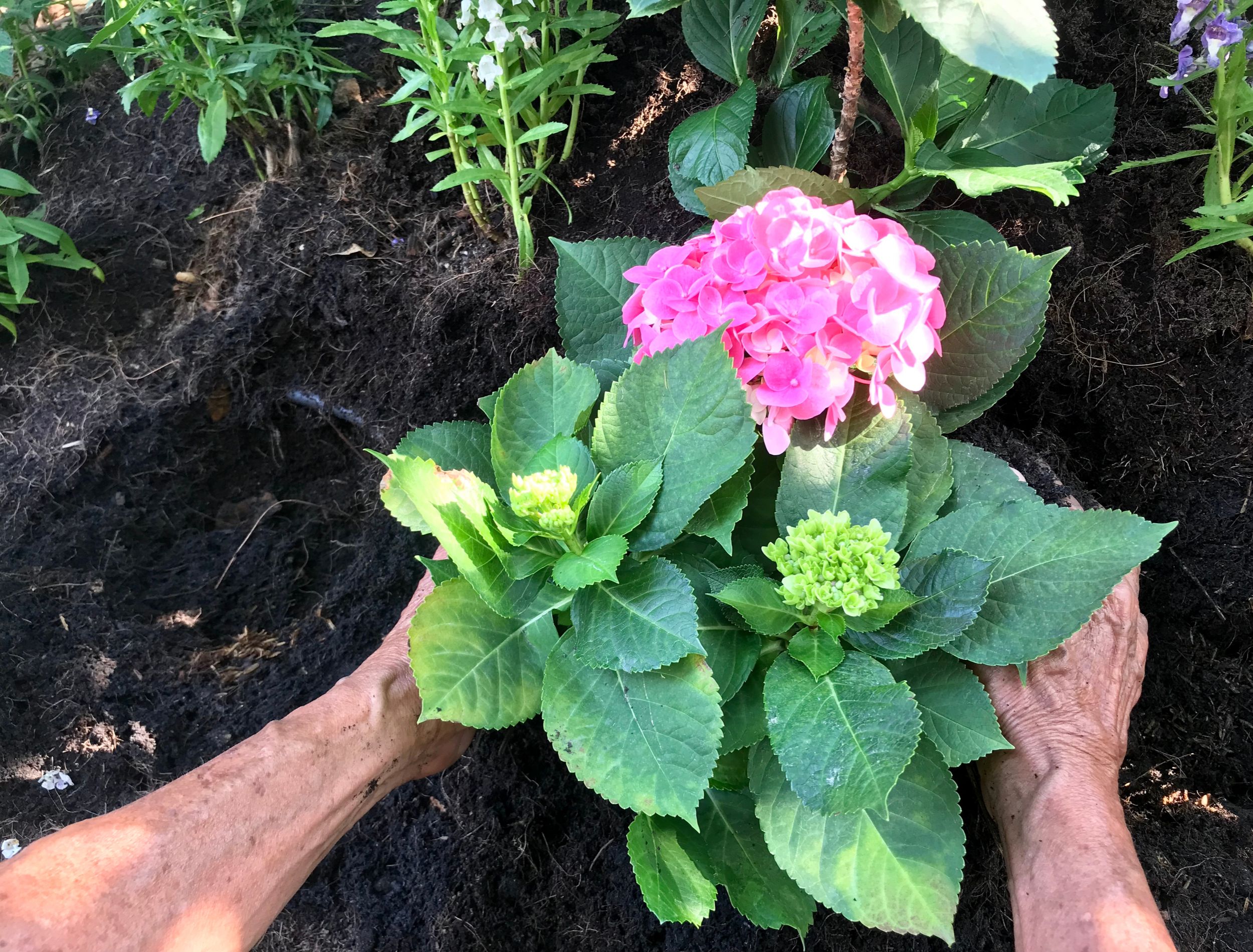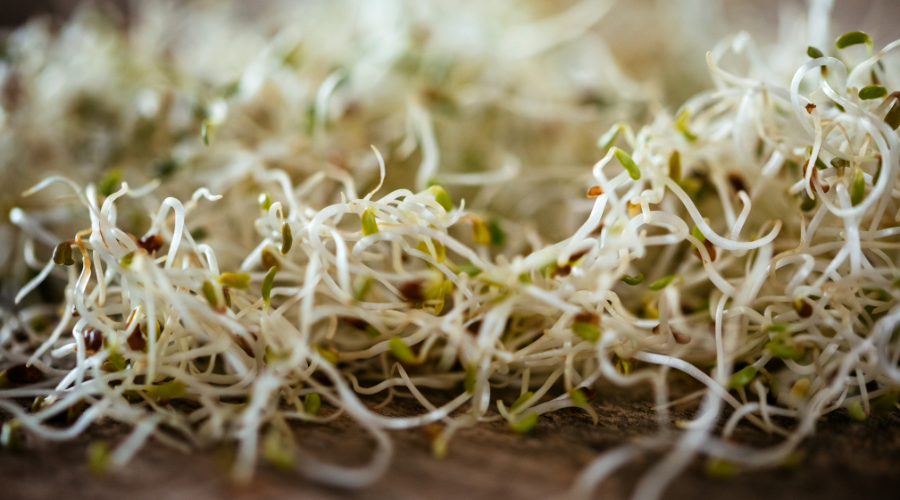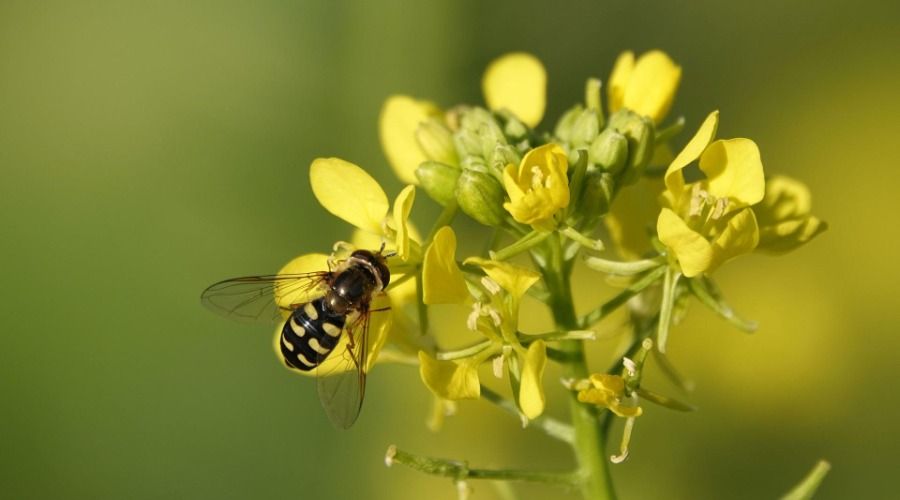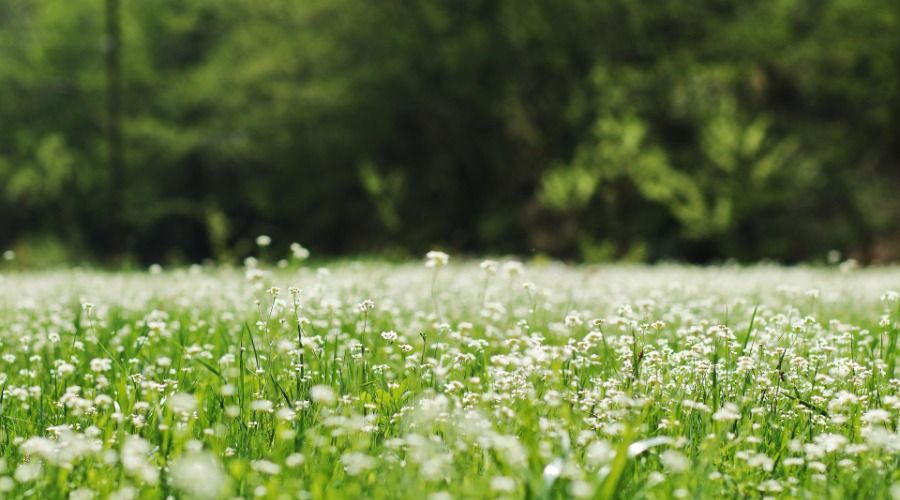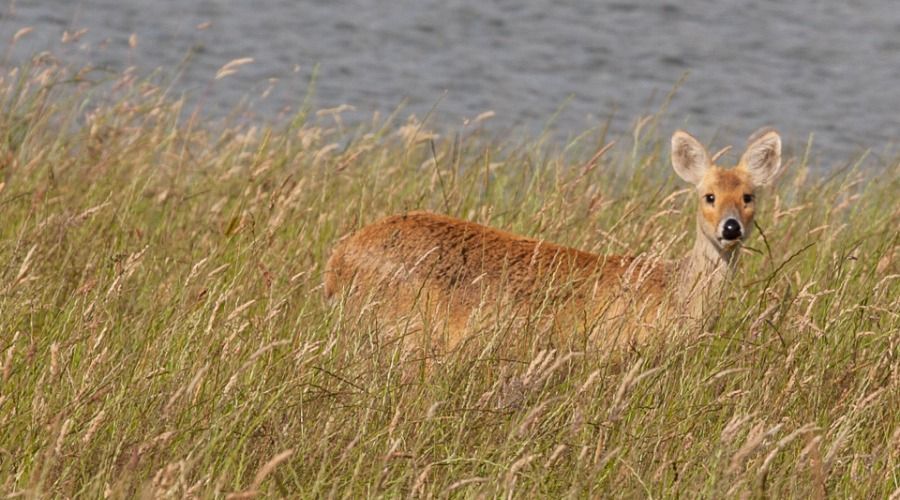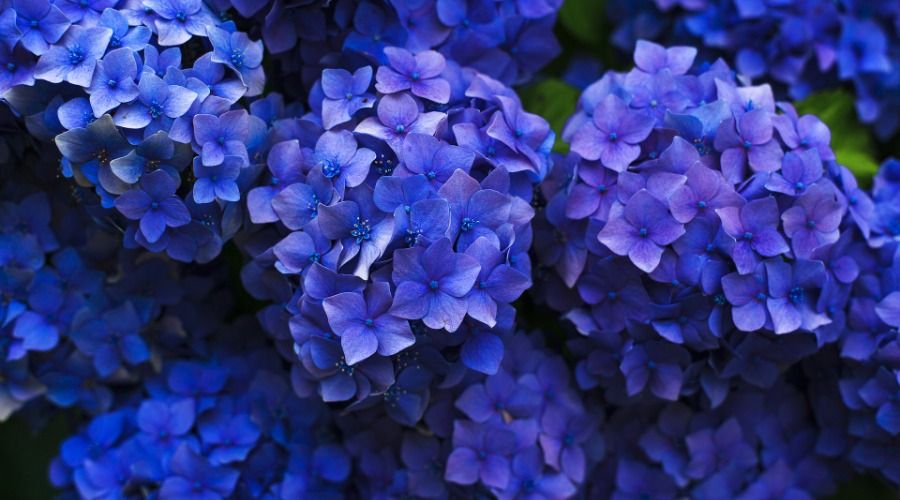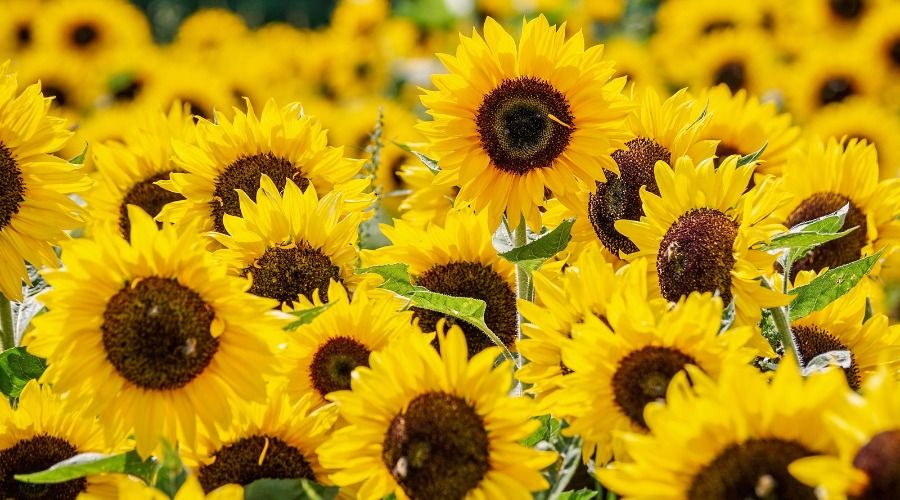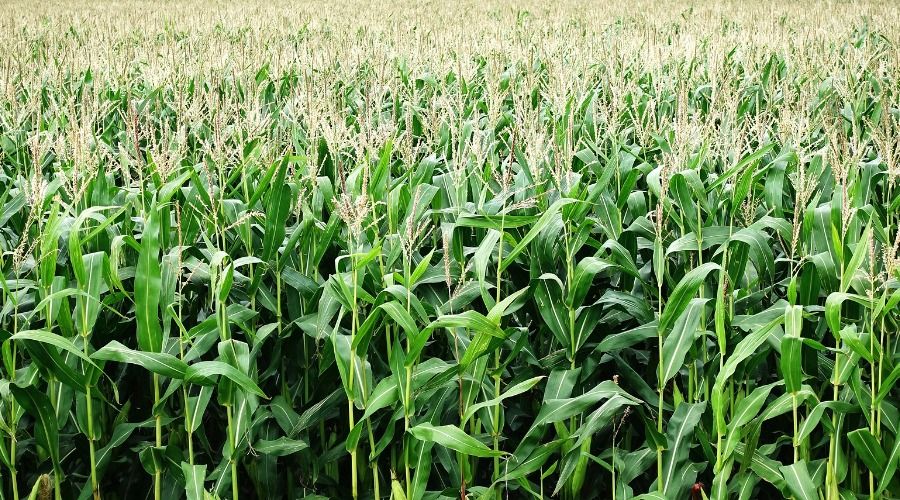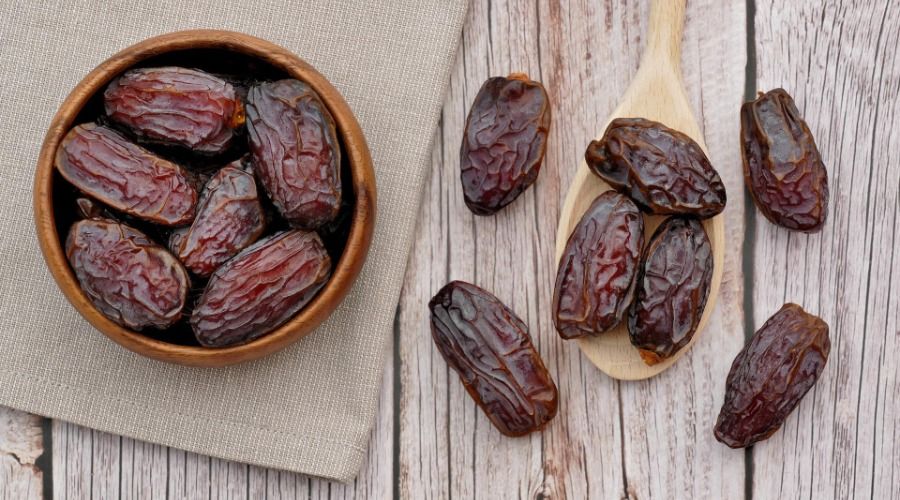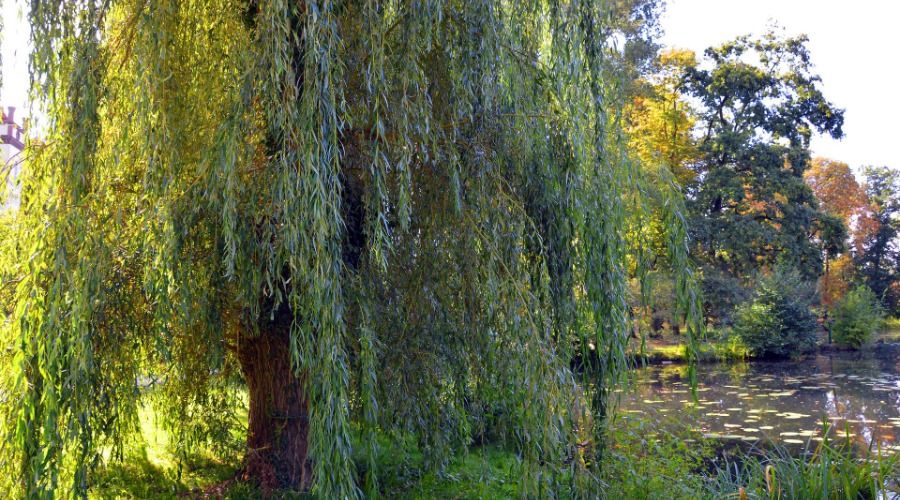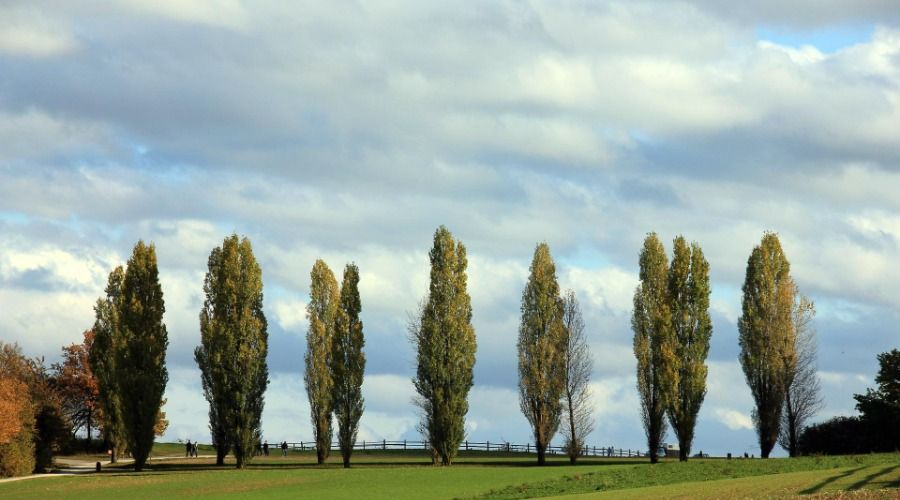Contaminated soil can occur in a number of ways, but what do you do once your soil is no longer healthy? Phytoremediation is a term for when plants are used to pull certain contaminants from the soil. Alternatively, the plants can put healthy nutrients back into the ground. Both of these can help return the soil to a healthy state.
This list gives ideas on which plants can help when you run into trouble with specific metals or other pollutants. Some even help with radiation and sewage toxins!
Alfalfa
Image credit: NatashaPhoto via Canva
Alfafa has deep roots that can help to make the soil less compact. By allowing more space, water and microorganisms are able to move more freely. Because its roots are so deep, the nutrients that Alfalfa adds to the soil can spread further through the ground.
Additionally, its large covering can protect the soil from wind, and its deep roots protect from water erosion.
Indian Mustard
Image credits: Uschi_Du via Pixabay
This plant is like Alfalfa in that it can act as a mulch for upcoming crops and plant-life. Indian Mustard adds nutrients and organic matter which can make the soil more habitable for whatever you are planning to grow next!
If your soil is high in lead, Indian Mustard is a good choice to help absorb this particular mineral. As an extra bonus, you can use Indian Mustard in your salads and home-cooked meals too!
Pennycress
Image credits: Alsinedesign via Pixabay
If you would like to support more biodiversity as well as your soil, we have just the thing! Pennycress is often considered a weed, but this plant can help out in a lot of ways.
Pennycress can absorb substances such as nitrogen and increase the fertility of your soil. This grass is a bit hardier than others and can be planted even in late fall.
Indian Grass
Image credits: TheOtherKev via Pixabay
Another grass-type perennial on this list is Indian Grass. A very common grass, with a similar covering to Alfalfa and Pennycress, it can also help with phytoremediation.
Indian Grass is often found in the prairies and is tolerant to drought, as well as helping to absorb contaminants in the soil.
Hydrangea
Image credits: Pexels via Pixabay
Hydrangeas are a popular flower, and are often found in many people's gardens, but did you know that they can also help the soil? This flower may reduce toxic metals and aid in future plant growth.
With their tolerance to drought, and ability to attract bees and wildlife, these are a great choice to add to your garden!
Sunflower
Image credits: Suju-foto via Pixabay
This flower is another plant that is often seen in both home gardens and fields alike. Sunflowers are one of the plants that are easy to grow, and because of its amazing properties, some farms use sunflowers as part of their crop rotation.
With Sunflower's deep root, it works to break up the soil and ensure that there is room for nutrients and water to get through. This plant can help remove toxins such as lead, and it has the ability to even remove certain types of radiation pollution.
Corn
Image credits: aitoff via Pixabay
If you are familiar with the "Three Sisters" technique of gardening, you may have already heard of the great properties of corn. For those who don't know, there is a manner of gardening in which corn, beans, and squash are grown close together. This technique allows the unique property of each plant to help one another grow.
Corn can absorb lead and cadmium in soil. This plant can also work well in a soybean rotation.
Date Palms
Image credits: Pictavio via Pixabay
While this type of plant might not work for every backyard garden, Date Palms are another plant that helps to pick up toxins and metals from the soil.
This plant has a single root system, allowing it to dig deep into the soil with secondary off-shoot roots. As we've seen in other plants, this can help to keep the soil viable.
White Willow
Image credits: Peggychoucair via Pixabay
White Willow is popular due to its medical uses, but less known for its phytoremediation properties. These beautiful trees cast a lot of shade, which is useful for deterring weed growth. It can also be home to an array of creatures and organisms, such as bees and caterpillars.
With its large roots, White Willow can clean zinc and nickel from the ground.
Poplar Trees
Image credits: Pixabay via AnnaER
Much like the other trees listed above, the Poplar Tree also takes up a lot of space with its roots. This feature helps with soil erosion from both wind and water.
These roots may be able to work on sewage contaminants too!
Get healthier soil by using plants
Once you've assessed your soil and decide it needs some help, you can use phytoremediation to continue to have a flourishing garden. This can help to ensure that your next gardening project is a great one, and in the meantime, still make great use of your green space.

